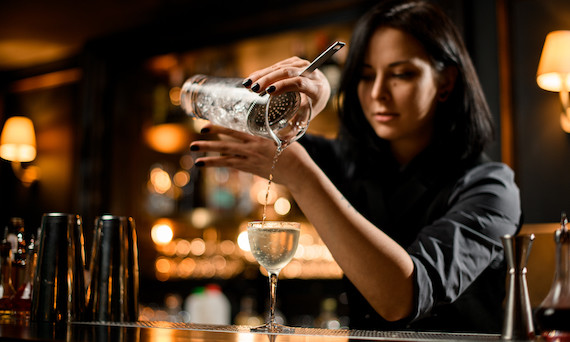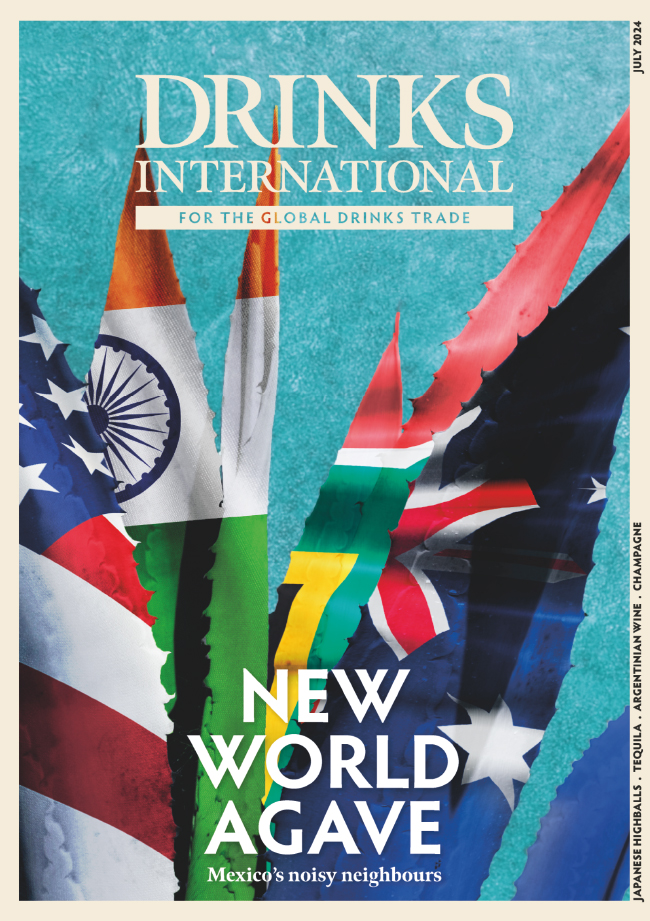SUSTAINABILITY ISSUES
While this trend towards local produce may have been artificially accelerated by the pandemic, it has long been a factor in the wider thrust towards sustainability. And as the world slowed down, many bar owners took time to reflect on their impact upon it. Byrdi incorporates leftover materials into drinks. On the menu, offcuts of rhubarb become a smoked rhubarb tonic, and a drink made using leftover sake leaves from a local sake producer became so popular with guests that the bar’s demand for the discarded leaves outstripped what the producer could supply.
“By default, people are becoming more sustainable because you literally have to,” says Whearty. “Everyone at home is making more efforts to be sustainable, especially after lockdown. Everyone is pushing forward and eventually we’ll get to a point where it’s the new normal. I can’t remember the last time I went to a bar and saw a plastic straw in a drink. You even go to McDonald’s and it uses paper straws. People are building their whole business models now around sustainability.”
Another example comes from Matt Whiley and Maurice Terzini, whose new Sydney bar, RE, aims to be 100% waste-free. “A concept like that, 10 or 15 years ago, no one would have even dreamed of,” says Whearty. “Now it’s right on trend. Everyone gets it and wants to get on board with something like that.” It’s a trend that is carrying over into the off-trade. With the rise of the home-bartender comes a homespun push for more sustainable practices.
“Consumers will be looking for ways to use all elements of ingredients to further the sustainability of their cocktails,” says Louise Hammond, mixologist at Spirit of Harrogate in the UK. “Making cocktails frequently requires the use of citrus fruits such as oranges, grapefruits, lemons and limes and the spent husks are usually thrown away after juicing. Often these fruits are imported from all over the globe, leaving a massive carbon footprint behind for a relatively small amount of juice. Consumers can make the most out of the citrus fruits by creating shrubs and cordials from the leftovers.”
The innovating force of sustainable practice can be felt beyond the potable. By necessity, paper menus were often removed from bars, replaced by digital versions, which in themselves opened possibilities to rethink the traditional, two-dimensional cocktail list.
“The implementation of technology in the display of menus or point-of-purchase material in bars and restaurants eliminated almost 100% of the use of paper in the development of a menu,” says Jean Trinh, owner of Alquímico in Cartagena, Colombia. “The consumer experience can be supported by augmented reality, or the 3D visualisation of menus and other materials that allow us to interact with customers.”
CUSTOMER EDUCATION
While a focus on traceability and its impact can be seen in countries where lockdowns were briefer, elsewhere customers spent more time at home, where many learnt to make the classics themselves. Here, when the bars reopen, these cocktail hobbyists will want to taste what they’ve been doing at home done by the pros.




